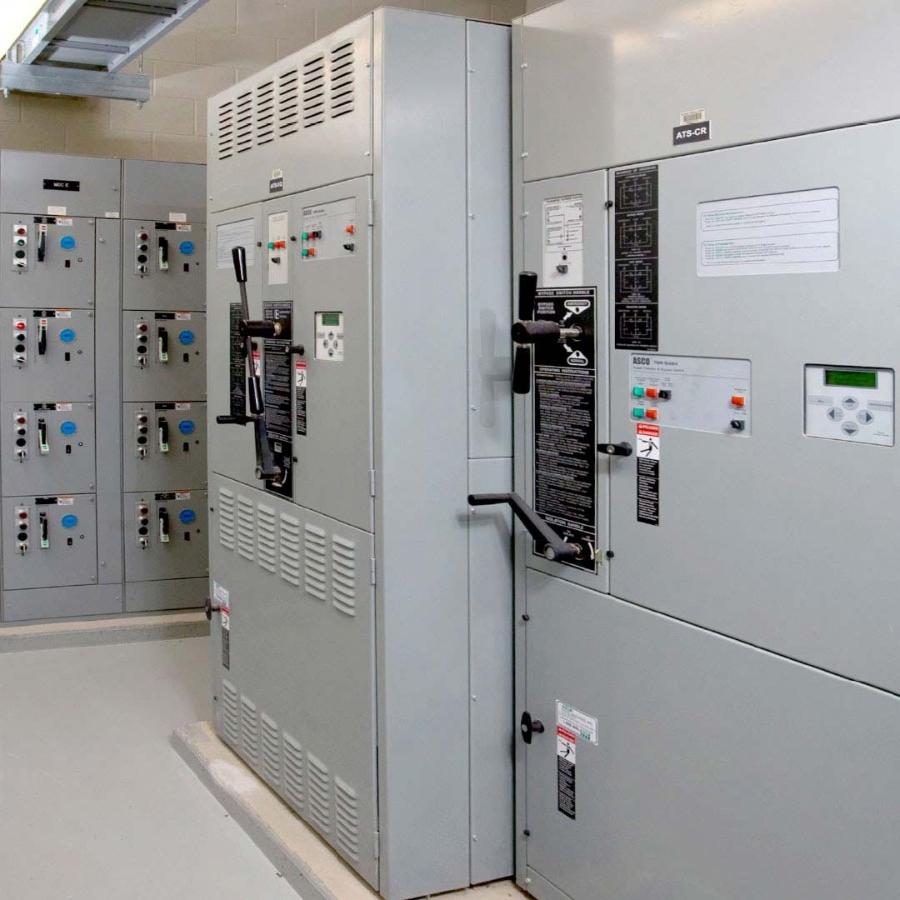What is a transfer switch?
As their name implies, transfer switches connect electrical loads to one of two sources of power. These sources are typically dissimilar, such as alternating current applications with power feeds from a public utility and an on-site generator. While the purpose of a transfer switch seems clear, it is important to distinguish it from the purpose of an overcurrent protection device (OPD).
The purpose of a transfer switch is to
connect electrical load to an alternate power source when the normal source is unacceptable. As a result, a transfer switch connected to a power source must withstand and close on short-circuit currents until they are cleared by an OPD. Thereafter, a transfer switch must remain operable so that it can connect to the alternate source.
In contrast, the purpose of an OPD is to open a circuit to protect equipment and mitigate hazards arising from overcurrent conditions. As a result, an OPD must be capable of
disconnecting power sources from loads when faults occur.
ADDITIONAL FUNCTIONS OF AN AUTOMATIC TRANSFER SWITCH
In addition to carrying current continuously, an Automatic Transfer Switch (ATS) must reliably perform the following functions when conducting current from a normal source:
1.
Detect Power Failures – To respond to a power outage or aberration on a normal power source, the condition must be detected.
2.
Sense the Acceptability of the Alternate Source – If the alternate source is an auxiliary generator, it must be started to provide the necessary current, which must be monitored to ascertain acceptability.
3.
Transfer Load – With certain exceptions, an ATS transfer mechanism must disconnect from and isolate the normal source before connecting to an alternate source.
4.
Sense the Restoration of the Normal Source – The voltage and frequency of the normal source must be within prescribed limits before load can be transferred to it. In some applications, phase angle differences between the sources must also be within an acceptable range. ATS must assess these characteristics as a prerequisite to load re-transfer.
5.
Re-Transfer Load to the Normal Source – An ATS must reliably transfer loads to the normal source. ATS can employ one of several transfer sequences according to the needs of specific applications, including, open, delayed, closed, and soft-load transition sequences. Read
Part 1 and
Part 2 of our paper entitled
Transition Modes for Automatic Transfer Switches for additional information.
THE NEED TO WITHSTAND AND CLOSE ON FAULT CURRENTS
The duration for which a transfer switch can withstand a short circuit current is inversely proportional to the amount of current that must be tolerated, as shown in Figure 1. An ATS must be able to withstand and close-on foreseeable fault currents until cleared by an OPD. The following sections describe why.











